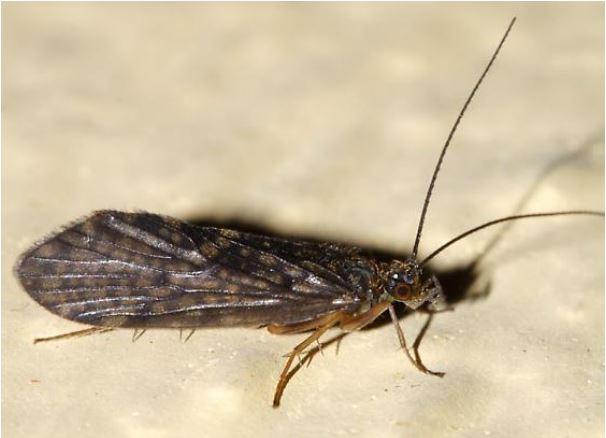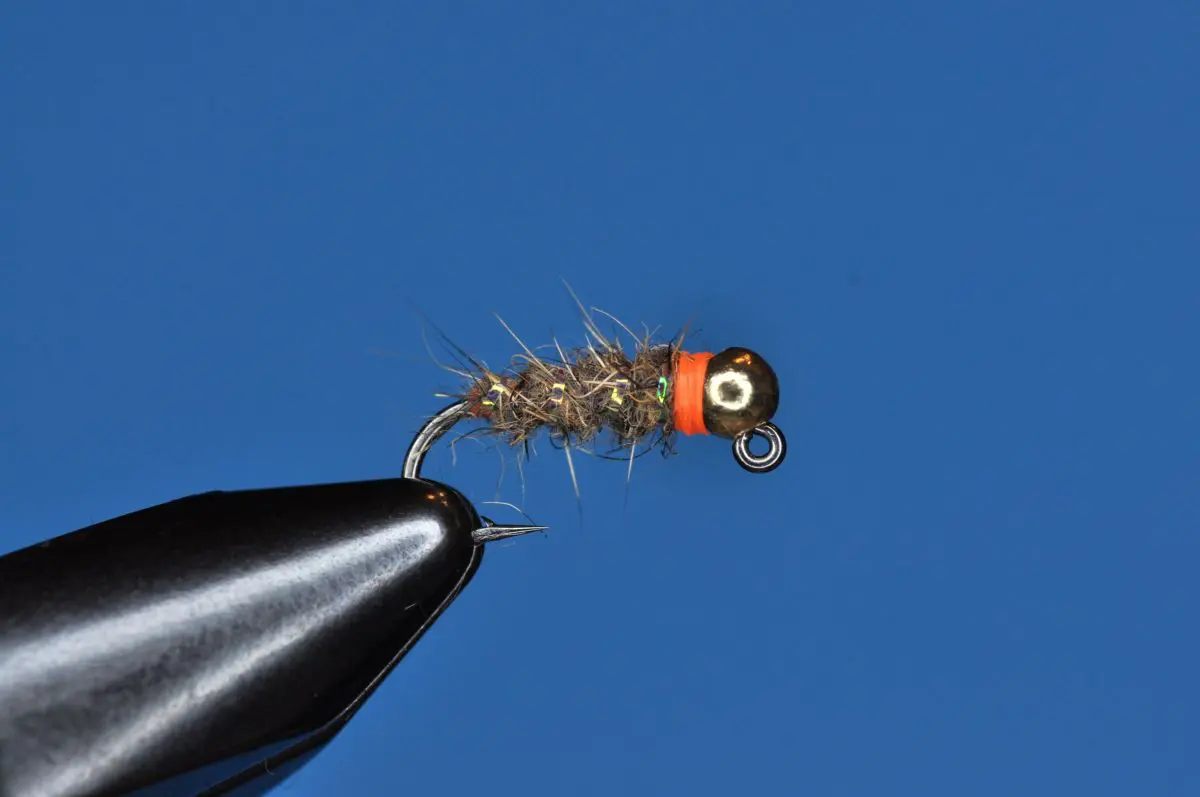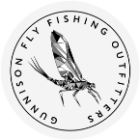Caddisflies
Understanding Caddisflies in Gunnison Waters
Caddisflies are among the most prolific and important aquatic insects in Colorado’s rivers—and the Gunnison is no exception. These hardy insects are a cornerstone of the local trout diet and play a vital role in the river’s ecology. Whether you’re drifting a nymph under an indicator or skating a dry fly through pocket water, chances are you’re trying to imitate some phase of the caddisfly life cycle. What makes caddisflies particularly interesting in the Gunnison Valley is their versatility. You’ll encounter them in nearly every stretch of water—from tumbling freestone currents to slow-moving eddies—and they can hatch in a range of conditions. Unlike mayflies or midges, which are often classified by strict taxonomies, caddis are better understood by their behavior and presence across all three life stages: larva, pupa, and adult. These stages occur simultaneously throughout the year, providing consistent feeding opportunities for trout and year-round strategy options for anglers. During spring runoff, larval patterns like Walt’s Worm or the classic Hare’s Ear nymph excel, especially when fished deep along the riverbed where the larvae crawl or construct small, gravel-cased homes. These insects are a reliable food source even when other bugs aren’t hatching, making them a smart target for early and late season anglers.


Fly Fishing Each Life Stage
What makes caddis so effective from a fishing perspective is their importance across every part of their life cycle. Caddis larvae are active bottom-dwellers, often encased in silk-and-stone cocoons. Trout frequently target them while foraging low in the water column. As these insects pupate, they begin an upward migration toward the surface—a phase where fly patterns like the Soft Hackle Pheasant Tail become deadly. Swinging these emergers or fishing them just beneath the surface can result in aggressive strikes. Once they reach adulthood, caddisflies become active fluttering fliers—erratic and lively compared to the graceful rise of a mayfly. This motion triggers instinctive feeding behavior in trout. Dry fly patterns like the Elk Hair Caddis and Corn-Fed Caddis are go-to choices on summer evenings, especially during the famous twilight "popcorn" caddis hatches that pepper the Gunnison in June and July. The combination of motion and profile in these flies matches the real deal closely, often resulting in ferocious surface eats.
Why Caddisflies Matter Year-Round
While many hatches are seasonal, caddisflies are part of the trout’s daily diet from spring through fall—and even into the winter months in some warmer stretches. Their durability and constant presence in the ecosystem make them a reliable option when other insects are scarce. They’re particularly essential on freestone rivers like the Gunnison, where natural variation in flow and temperature can affect more fragile insect populations. Whether you’re fishing a bouncing dry during a summer evening hatch or dredging a Walt’s Worm along the bottom in early spring, caddisflies give anglers a strategic edge. Their diversity, abundance, and appeal to trout at every life stage mean they’re a category of fly you can never afford to ignore. Want to learn more about matching the hatch with caddis on your next float trip or walk-and-wade outing? Our expert guides at Gunnison Fly Fishing Outfitters are ready to help you decode the river and fish smarter all season long.
